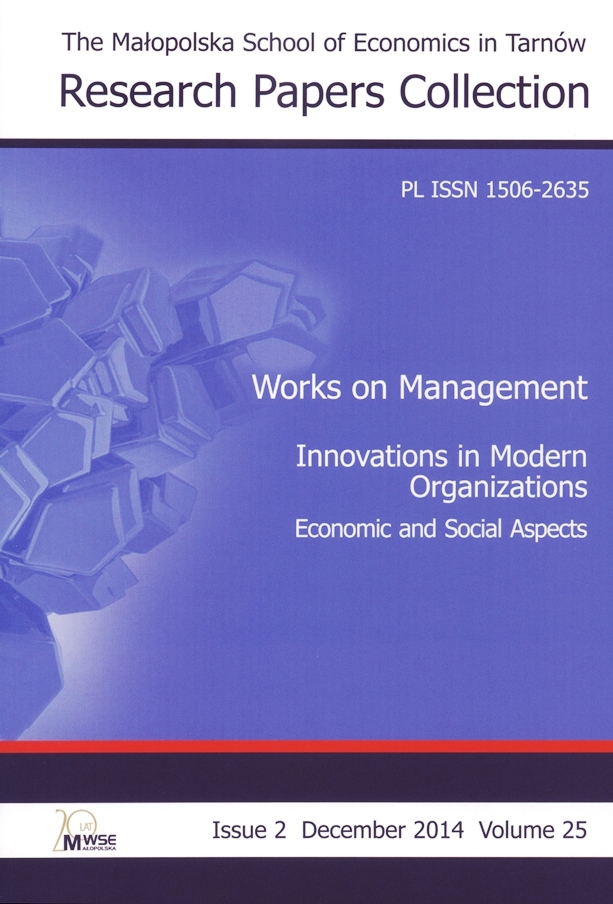Abstract
This study which evaluates teachers’ views with regard to the practices of interdisciplinary programme model in education aims to identify primary and secondary school teachers’ suggestions about the interdisciplinary programme model, the practices in education processes, and the effective implementation of the model. The participants were 29 teachers, 18 females and 11 males, from five different branches. The data were collected through a semi-structured interview form consisting of 6 questions and analyzed descriptively. The participants were found to be in favour of establishing connections between the courses. They were found to believe interdisciplinary instruction had many educational advantages and report that they could establish interdisciplinary connections with other courses. Some constraints mentioned by the teachers regarding the method were causing chaos in the lesson, drifting away from the topic, prolonging the time allocated for the topic, and not understanding the borders of the disciplines. It is recommended to take necessary actions in order to help teachers to use the method effectively in educational practices; to give importance to interdisciplinary education programmes in both undergraduate education and in-service trainings; and to redesign educational environments in a way to support interdisciplinary instruction.
References
Apostel, L. (1970). Interdisciplinarity: Problems of teaching and research in universities. Paris: Organisation for Economic Co-Operation and Development.
View in Google Scholar
Bogdan, R. C., Biklen, S. K. (2007). Qualitative research for education. 5th ed. Boston: Pearson A & B. ISBN 0205482937.
View in Google Scholar
Drake, S. M. (2007). Creating standards-based integrated curriculum: Aligning curriculum, content, assessment and instruction. Thousand Oaks: Corwin Press. ISBN 9781412915069.
View in Google Scholar
Erickson, H. L. (1995). Stirring the head, heart and soul. Redefining curriculum and instruction. Thousand Oaks: Corwin Press. ISBN 0803961545.
View in Google Scholar
Hebb, D. O. (1959). A Neuropsychology Theory. In: S. Koch (ed.), Psychology: A study of a science. New York: McGraw-Hill.
View in Google Scholar
Humphreys, H. A., Post T. R., Ellis, A. K. (1981). Interdisciplinary methods: A thematic approach. Santa Monica: Goodyear Publishing Company. ISBN 0830243879.
View in Google Scholar
Jacobs, H. H. (1989). The growing need for interdisciplinary curriculum content. In: H. H. Jacobs (ed.). Interdisciplinary curriculum: Design and implementation. Alexandria: ASCD. ISBN 0871201658.
View in Google Scholar
Klein, T. J. (1996). Crossing boundaries: Knowledge, disciplinarities, and interdisciplinarities. Charlottesville: The University Press of Virginia.
View in Google Scholar
Oliva, P. F. (2005). Developing the curriculum. Boston: Allyn and Bacon. ISBN 0205412599.
View in Google Scholar
Perkins, D. N. (1994). The intelligent eye. Santa Monica: The Getty Center for Education in The Arts.
View in Google Scholar
Spicer, J. (2001). Integrated curriculum: A driving force in 21st-century Mathematics education. [online, accessed: 2009-06-27]. Retrieved from: www.smallschoolsproject.com/PDFS/ Planning_Resources/summer2003/summer2003-integrating.pdf.
View in Google Scholar
Sullivan, J. M. (2000). A study of the effect of an interdisciplinary study improvement program on academic achievement and classroom behavior among tenth grade students. Unpublished doctoral dissertation. University of Massachusetts, Lowell. (UMI no. 9994171).
View in Google Scholar
Vidaurri, M. M. (1996). Comparative study of interdisciplinary curriculum and non-interdisciplinary curriculum classrooms: The difference and relationships in regarding TAAS scores, reading yearly averages and students’ attitudes. Unpublished doctoral dissertation. Texas A & I University. (UMI no. 9706637).
View in Google Scholar
Yıldırım, A. (1996). Disiplinlerarası öğretim kavramı ve programlar açısından doğurduğu sonuçlar. Hacettepe Üniversitesi Eğitim Fakültesi Dergisi, 12, 89‒94.
View in Google Scholar
Yıldırım, A., Şimşek, H. (2006). Sosyal bilimlerde nitel araştırma yöntemleri. 7th ed. Ankara: Seçkin Yayıncılık. ISBN 9750200071.
View in Google Scholar
© Copyright by Małopolska School of Economics in Tarnów. The articles are available under the Creative Commons Attribution NonCommercial-NoDerivatives 4.0 International License


